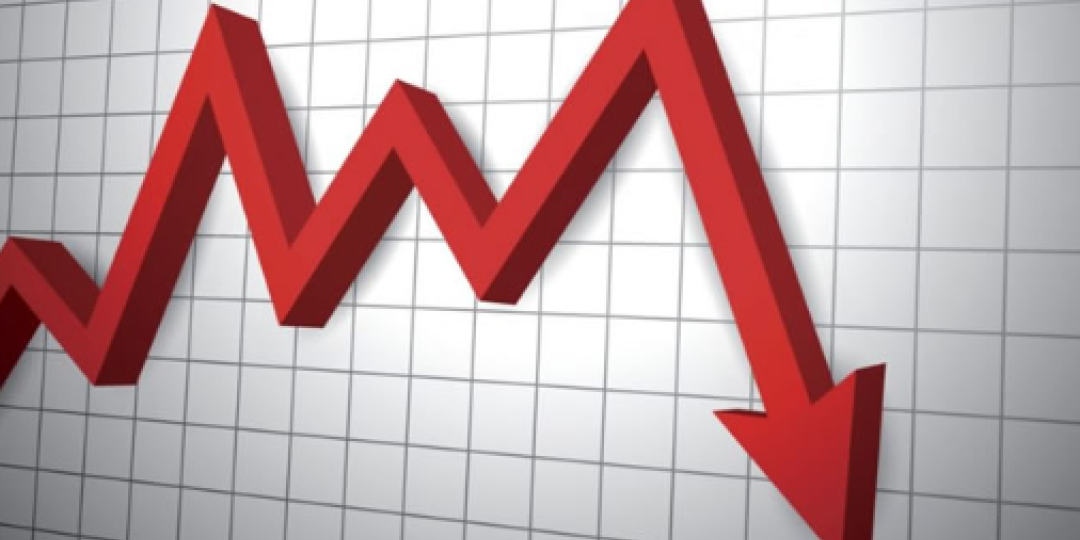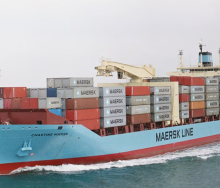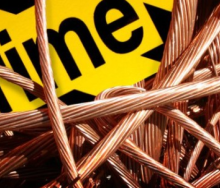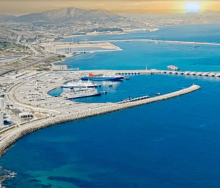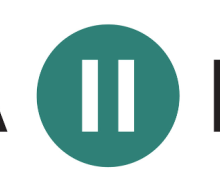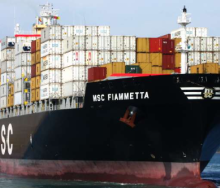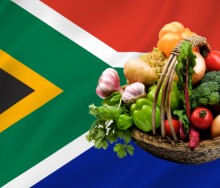Annual consumer price inflation slowed to 4.6% in July after holding steady for ten months in the 5-6% range.
The July inflation print, which is down from 5.1% in June, is the lowest since July 2021, when the rate was also 4.6%, according to the latest data released by Statistics South Africa on Wednesday.
Lower annual rates were recorded for several product groups, most notably food and non-alcoholic beverages (Nab), transport, and housing and utilities.
“The annual rate for food and Nab was 4.5% in July, down from 4.6% in June. Food and Nab registered a slowing inflation trend since its most recent high of 9.0% in November 2023 and is currently at its lowest since September 2020 (3.8%),” said Stats SA.
“While overall food inflation has slowed, bread and cereals are showing upward momentum. The category recorded an annual increase of 5.6% in July, up from June’s 5.2%.”
Products with the largest annual increases in July include rice (up 21.3%), pizzas or pies (up 11.6%) and samp (up 6.9%). Maize meal prices rose on average by 5.1%. On a positive note, bread flour, cake flour, pasta and macaroni are cheaper than a year ago.
Meat is the most heavily weighted food group in the inflation basket, taking up just over a third of household spending on food. The price index for meat recorded a monthly decline of 0.4% and an annual rise of 1.0%.
However, hot beverages continue to witness high inflation rates. The price index for the category increased sharply by17.6% in the 12 months to July, up from 16.5% recorded in June.
Large annual price increases were recorded for instant coffee (up 21.8%), drinking chocolate (up 17.7%), black tea (up 15.7%), ground coffee and coffee beans (up 14.6%) and rooibos tea (up 11.1%). Cappuccino sachets recorded the lowest price increase in this category, rising by 7.6% over the same period.
Except for public transport, most categories in the transport group showed lower annual inflation. This includes new and used vehicles, running costs and fuel. As a result, annual transport inflation softened to 4.2% in July from 5.5% in June.
Fuel prices receded, declining by 3.6% in July. This followed a 4.6% decrease in June. Inland 95-octane petrol was 99c cheaper, falling from R24.25/l in June to R23.26/l in July. The average price for diesel declined by 41c over the same period, from R23.76/l to R23.35/l
The latest data on electricity, water and property rates price inflation noted that most municipalities had implemented tariff increases in July.
“Overall, the housing and utilities index increased by 2.6% between June and July, leading to an annual increase of 5.3%. This contributed 1.3 percentage points to the overall inflation rate,” Stats SA said.
However, electricity tariff hikes have been lower than in 2023, increasing by 12.1% (compared with 15.3% in 2023), water tariffs by 7.5% (compared with 9.6% in 2023) and property rates by 10.7% (compared with 8.4% in 2023).
“An exploration of tariffs over time shows electricity prices rising the fastest over the last 15 years. Electricity tariffs recorded an average growth rate of 10.5% per year from 2009 to 2024, outpacing water tariffs (up by an average of 10.2% per year) and property rates (up by an average of 6.8% per year),” Stats SA noted.
Water tariffs have risen by an average of 9.9% per year over the past ten years, but a five-year analysis of the data, from 2019 to 2024, shows electricity tariffs outpaced water and property rates, growing by an average of 11.2% per year.
Stats SA surveys electricity, water and property rates across 39 municipalities, totalling 117 prices. The bulk of these were captured in July and 10 prices – mainly from smaller municipalities – are due to be surveyed in August.
